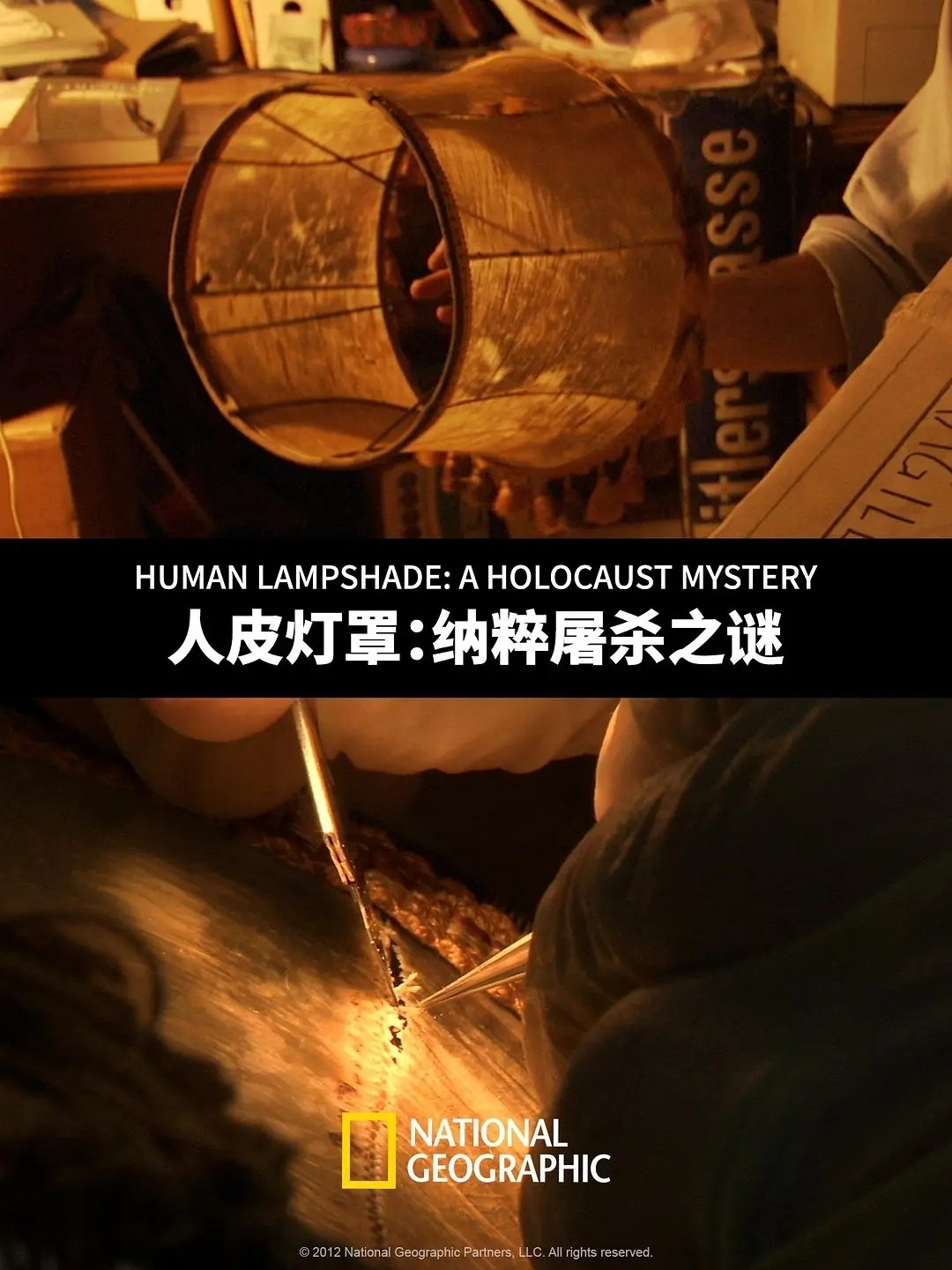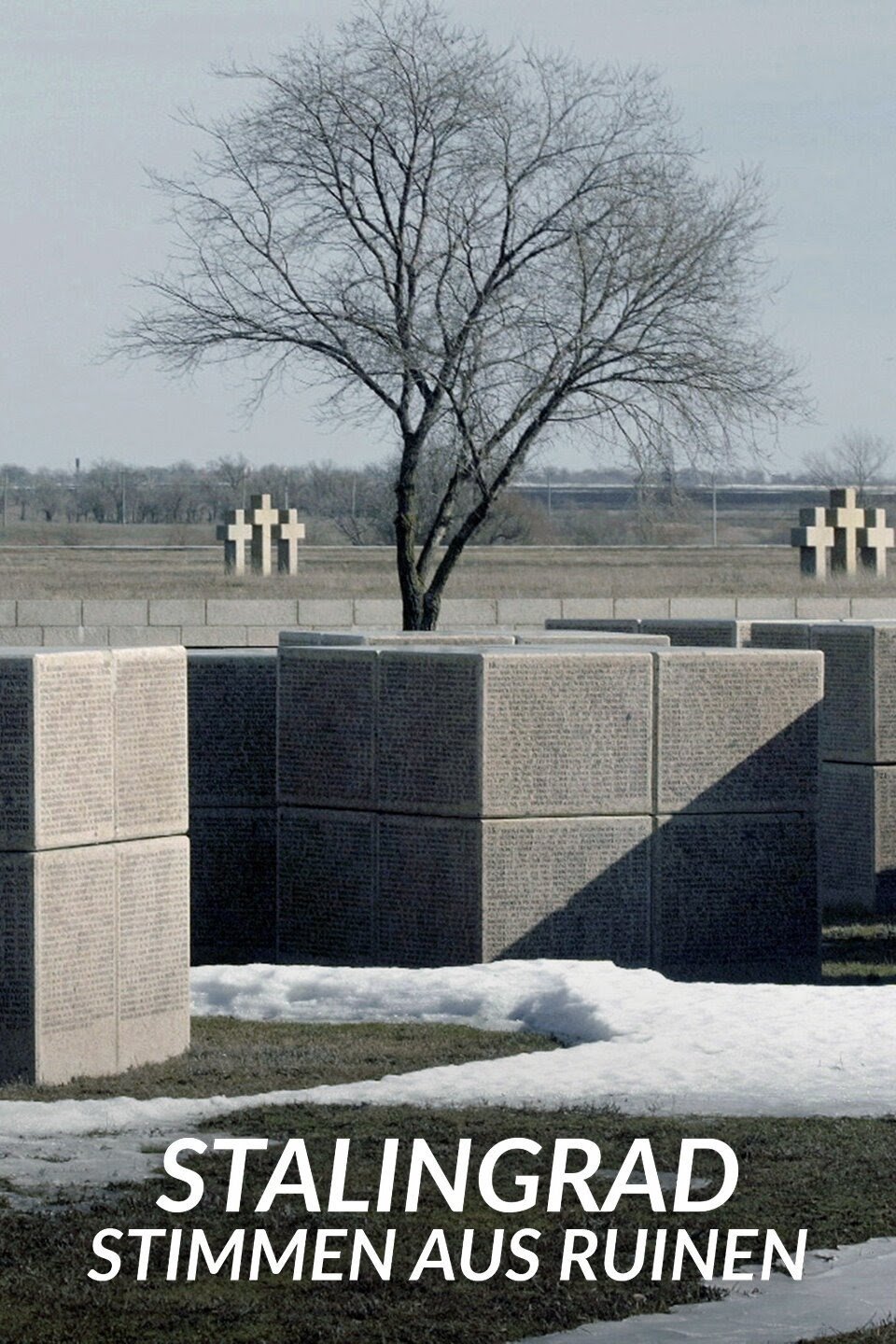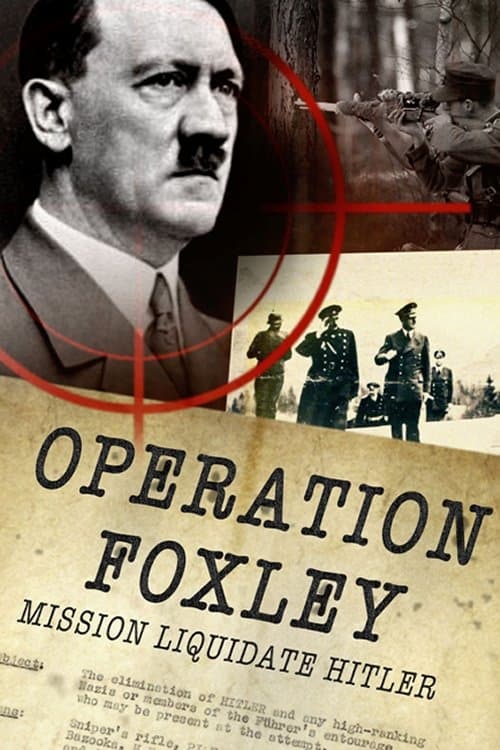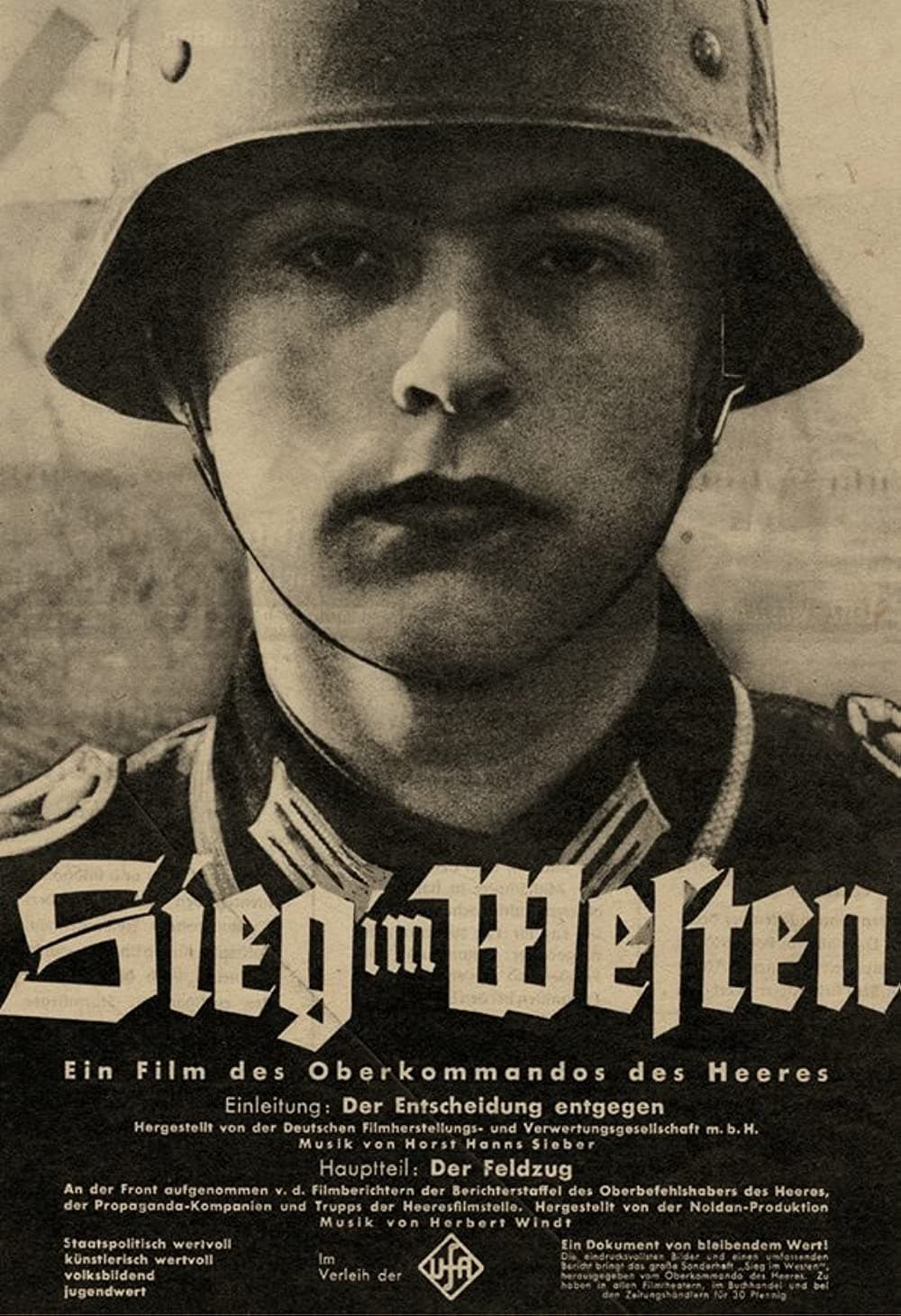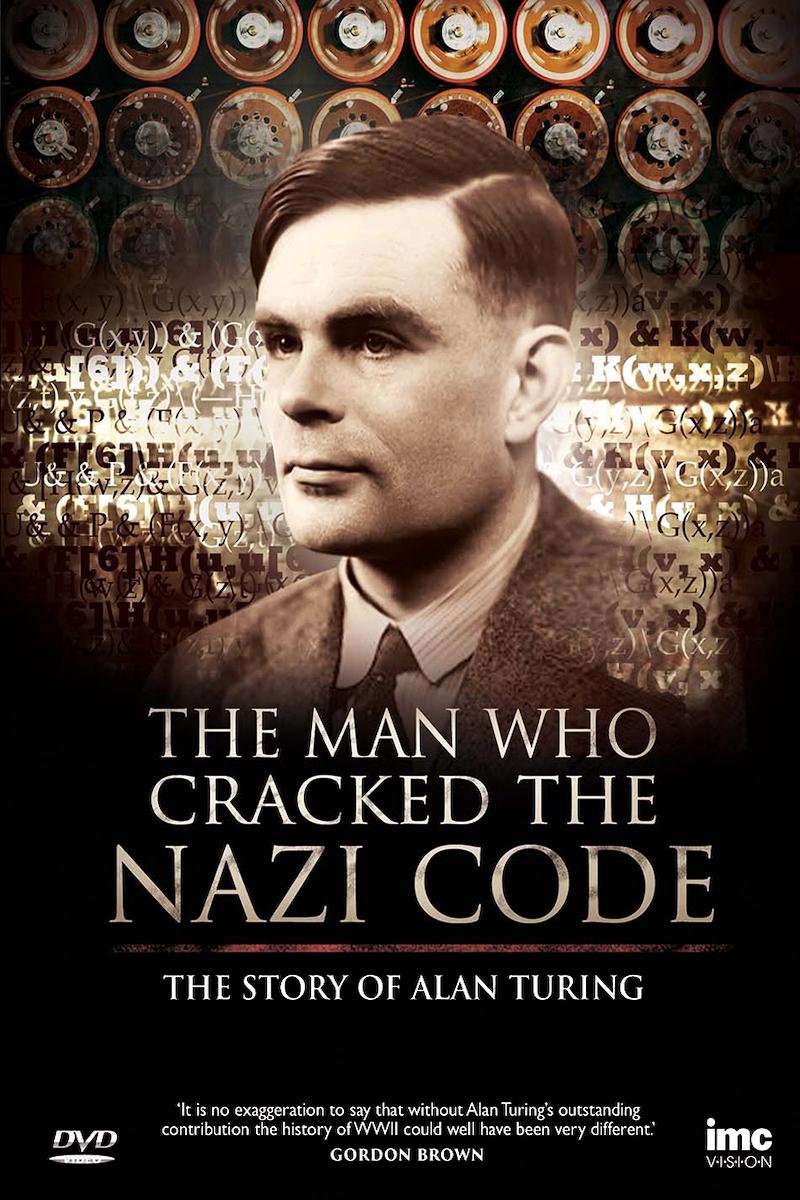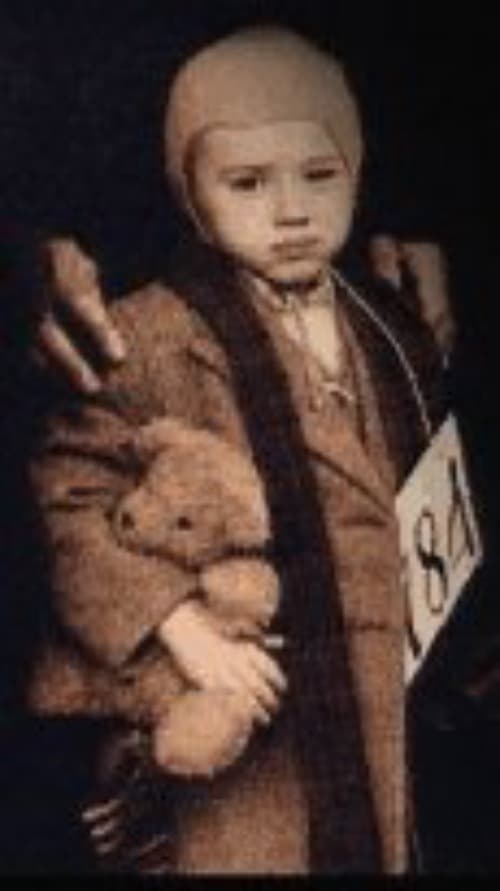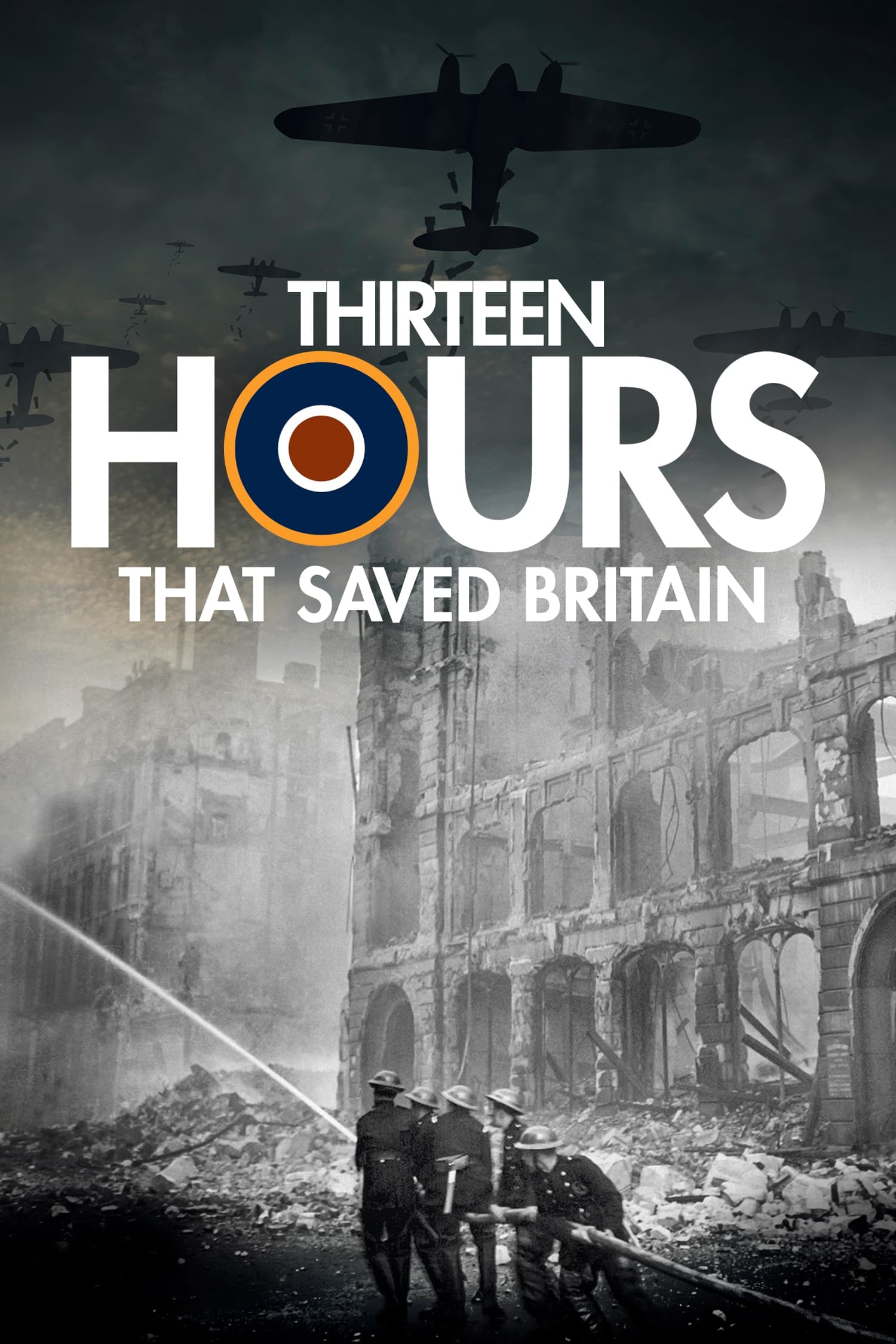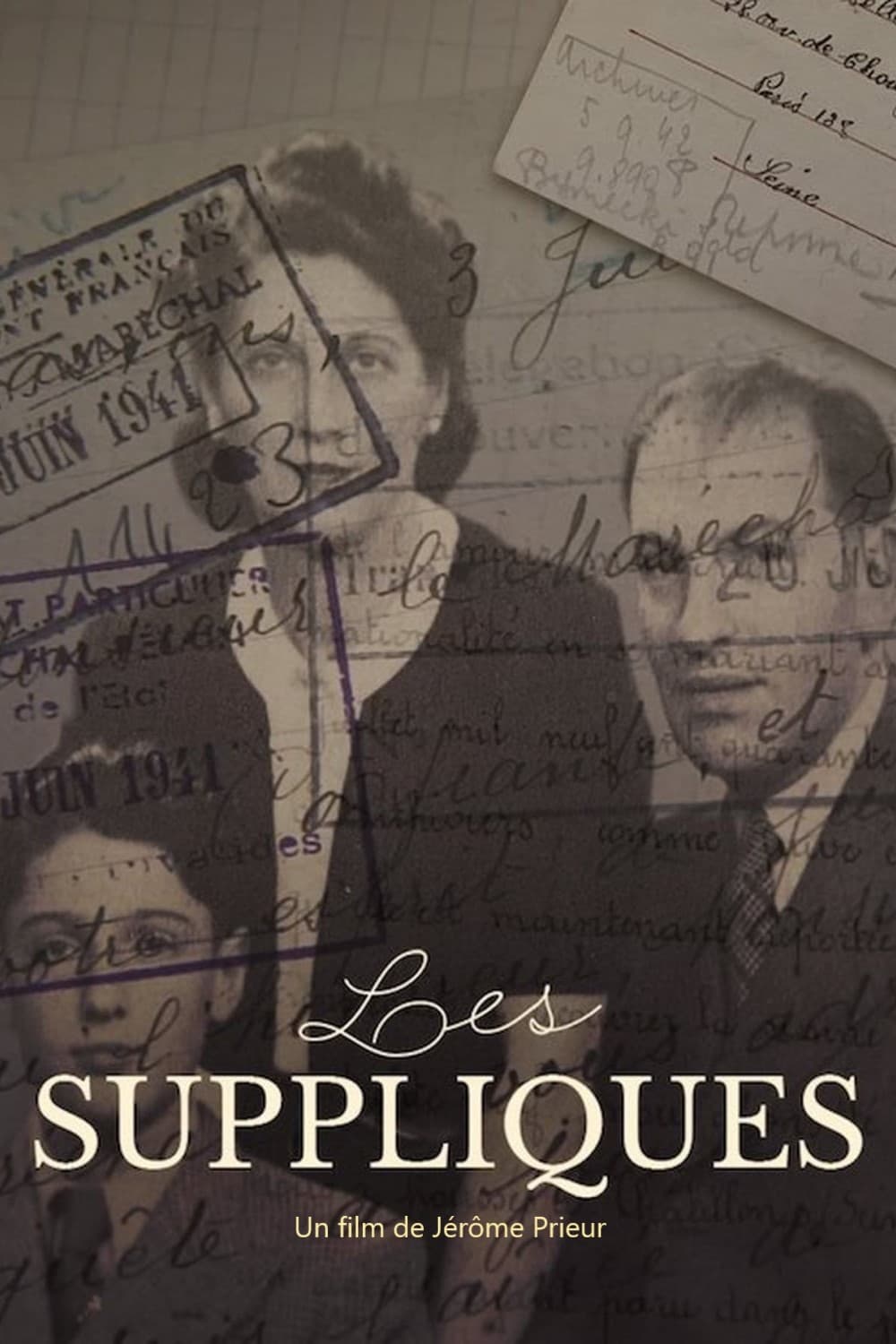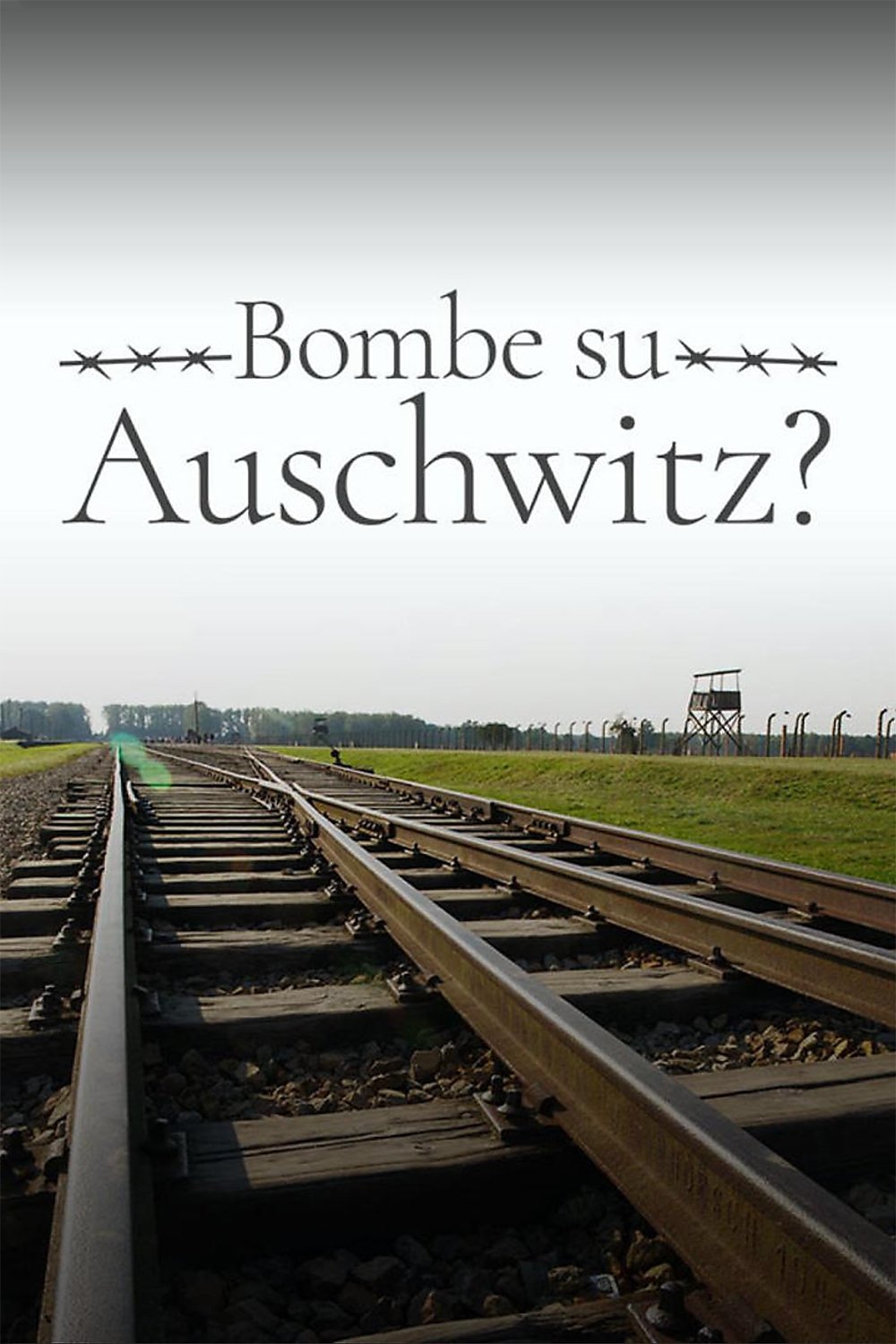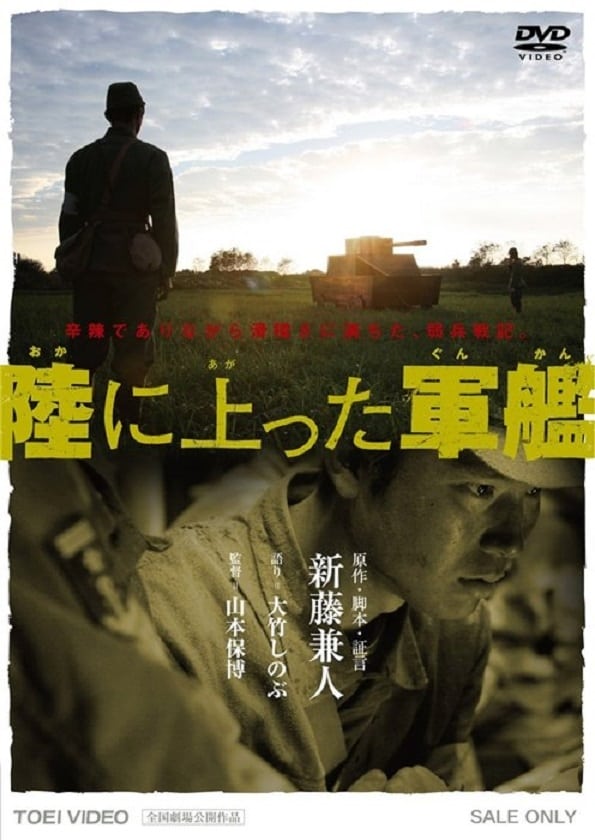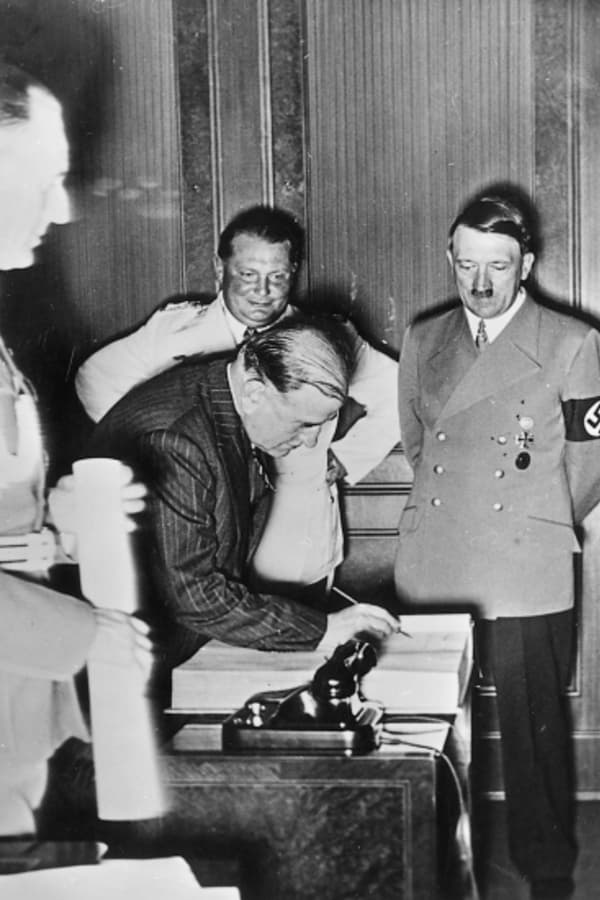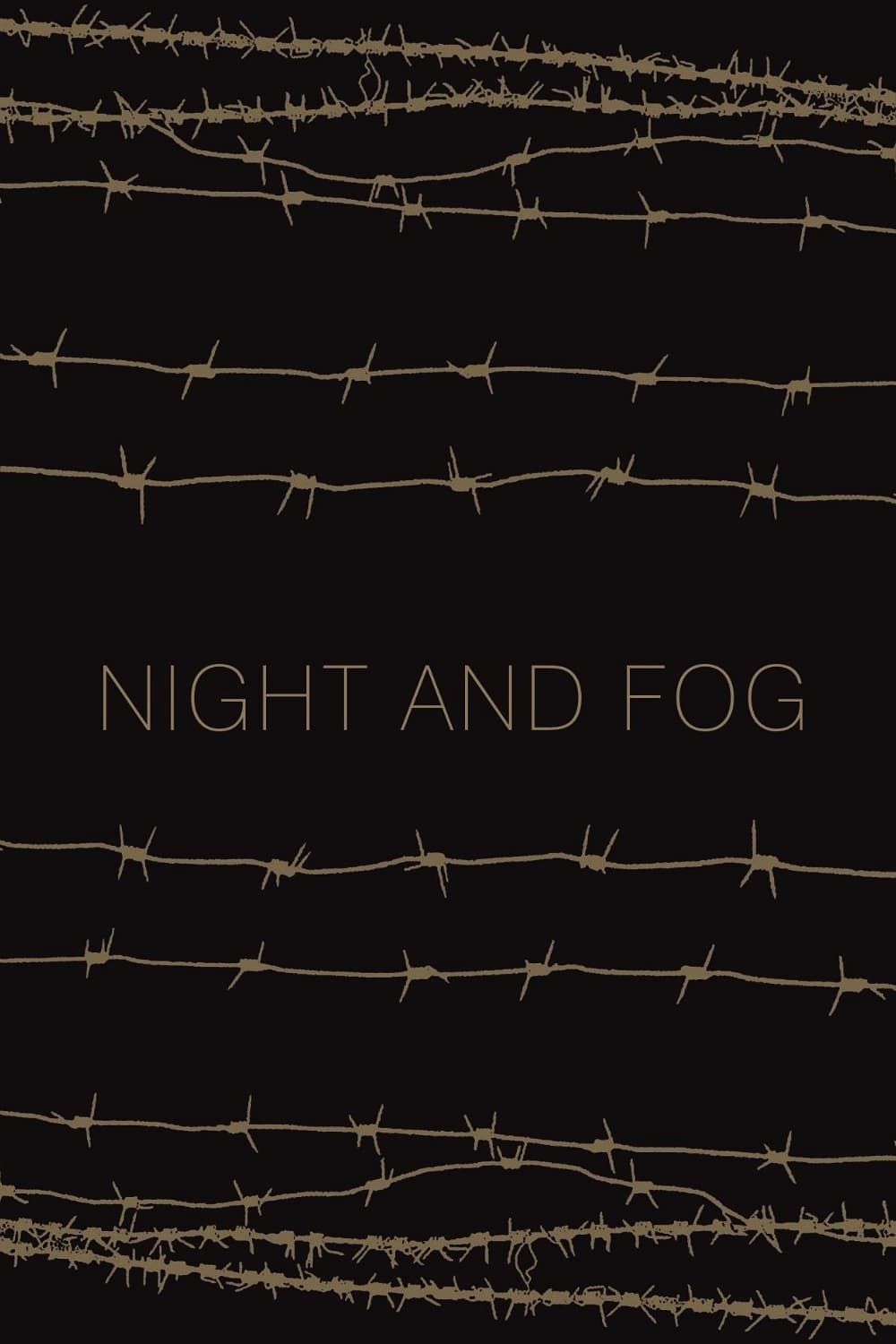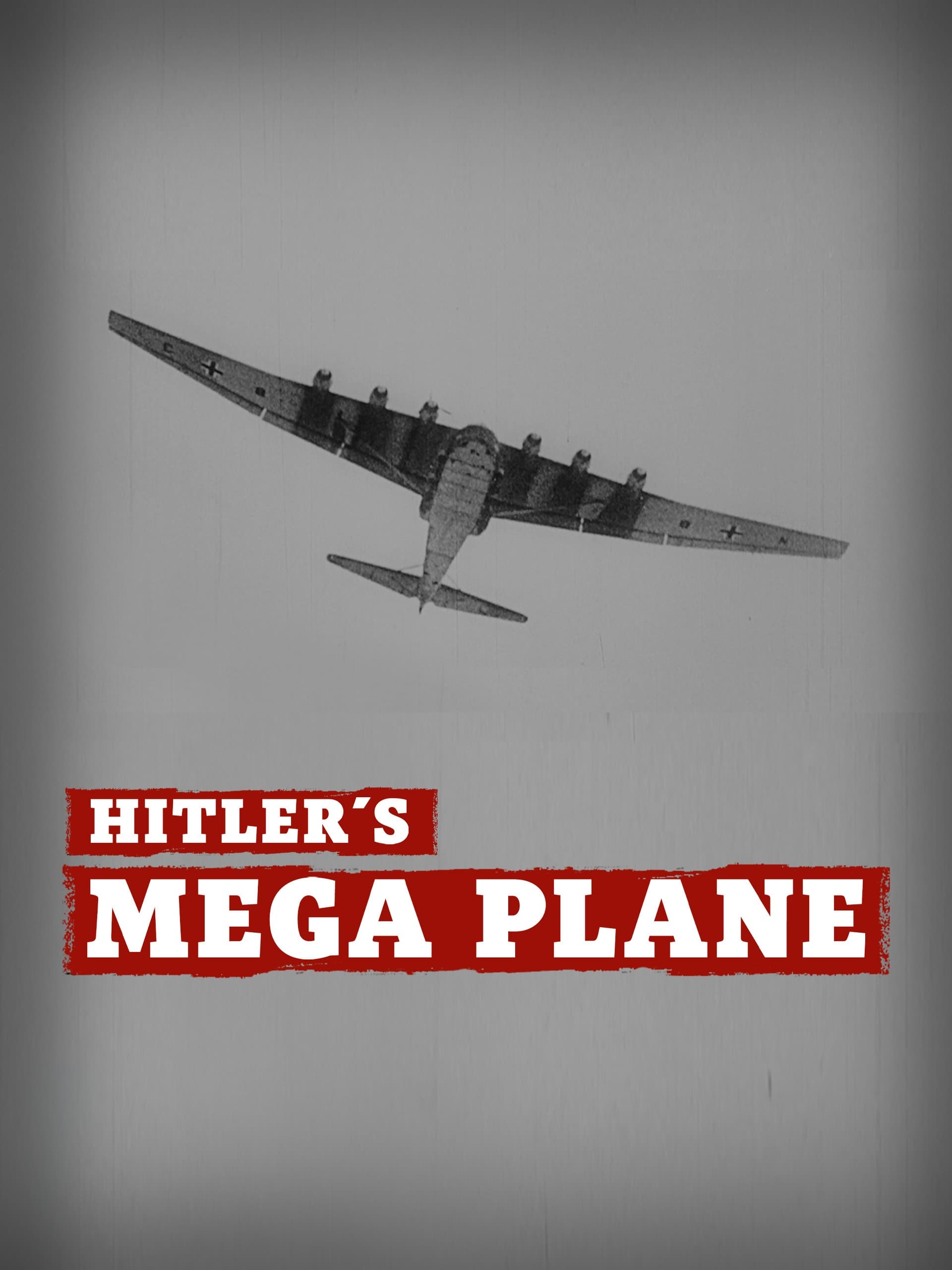
Hitler's Mega Plane (2017)
Released:
2017-08-17
Duration:
50min
Genres:
Documentary
Rating 0.0
Overview
In January 2012 Italian divers discovered the wreck of a massive plane off the coast of Sardinia. At a depth of 65 meters (213 feet) lies a Messerschmidt `Gigant', the biggest aircraft to fly in WWII.
Production Companies

ZDF
Additional Info
| Budget | $0.00 |
|---|---|
| Revenue | $0.00 |
| Original Language | en |
| Popularity | 0.5219 |
Directed By
Thomas Staehler
Oliver Halmburger
TOP CAST
David Kehoe
Narrator
